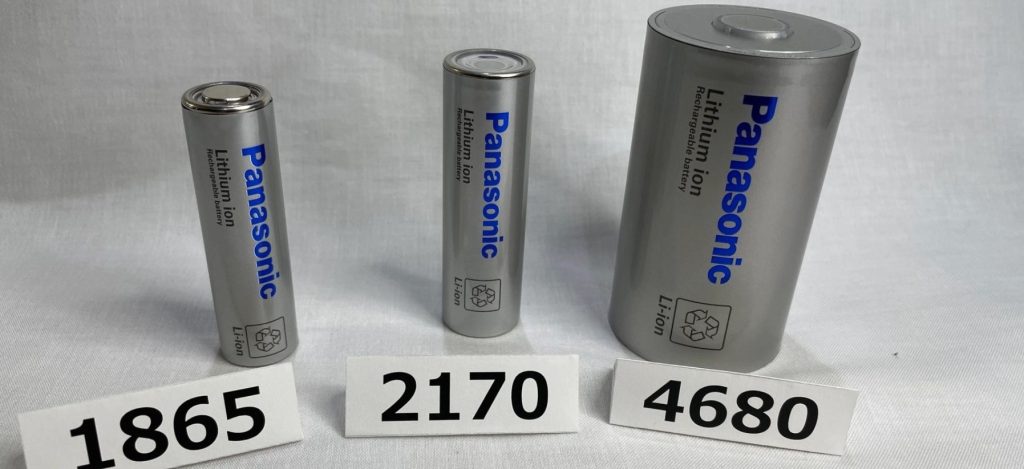
Tesla has asked Panasonic to speed up its development of the 4680 battery cell, which is going to power its next-gen electric vehicles.
The Japanese manufacturer is reportedly still looking for a location for a US factory.
Back in 2020, Tesla unveiled its 4680 battery cell, a new tab-less battery cell in a bigger format with new chemistry, enabling cheaper and/or longer-range electric vehicles.
The cells have already made it to the Model Y being produced at Gigafactory Texas. For the first time, the automaker its using its own cells to support its electric vehicle production.
However, Tesla is going to need so many cells that it is also partnering with current battery suppliers to deploy their own production of the new 4680 cell.
Panasonic, Tesla’s oldest battery partner, has tentatively announced that it would be deploying a prototype production line for the new battery cell.
Later, Panasonic’s new CEO, Yuki Kusumi, said that it is prepared to make a “large investment” in producing Tesla’s new battery cell if test production proves successful.
In October 2021, the Japanese manufacturer unveiled its own 4680 cell developed with Tesla. Later, Panasonic greenlit a $700 million investment to produce the 4680 cell in Japan, and it has been rumored to be looking for a location for a new factory in the US to produce the cells.
Now Hirokazu Umeda, Panasonic’s Chief Financial Officer, said that Tesla has been pushing for a faster development of the 4680 cell:
We can’t say more than what has been released, but we are getting many requests. We seeing continued strong demand from Tesla, for 2170 batteries, but also for faster development of the 4680.
Tesla is currently deploying 4680 production capacity at Gigafactory Texas and Berlin, and it doesn’t anticipate a battery cell shortage to support its production until next year when it starts production of the Cybertruck.
The average Cybertruck will likely use twice the battery capacity as Tesla’s average Model 3 and Model Y, its most popular vehicles. It will greatly increase Tesla’s demand for battery cells, and it will rely on both internal production and production from suppliers establishing 4680 cell capacity, like Panasonic.